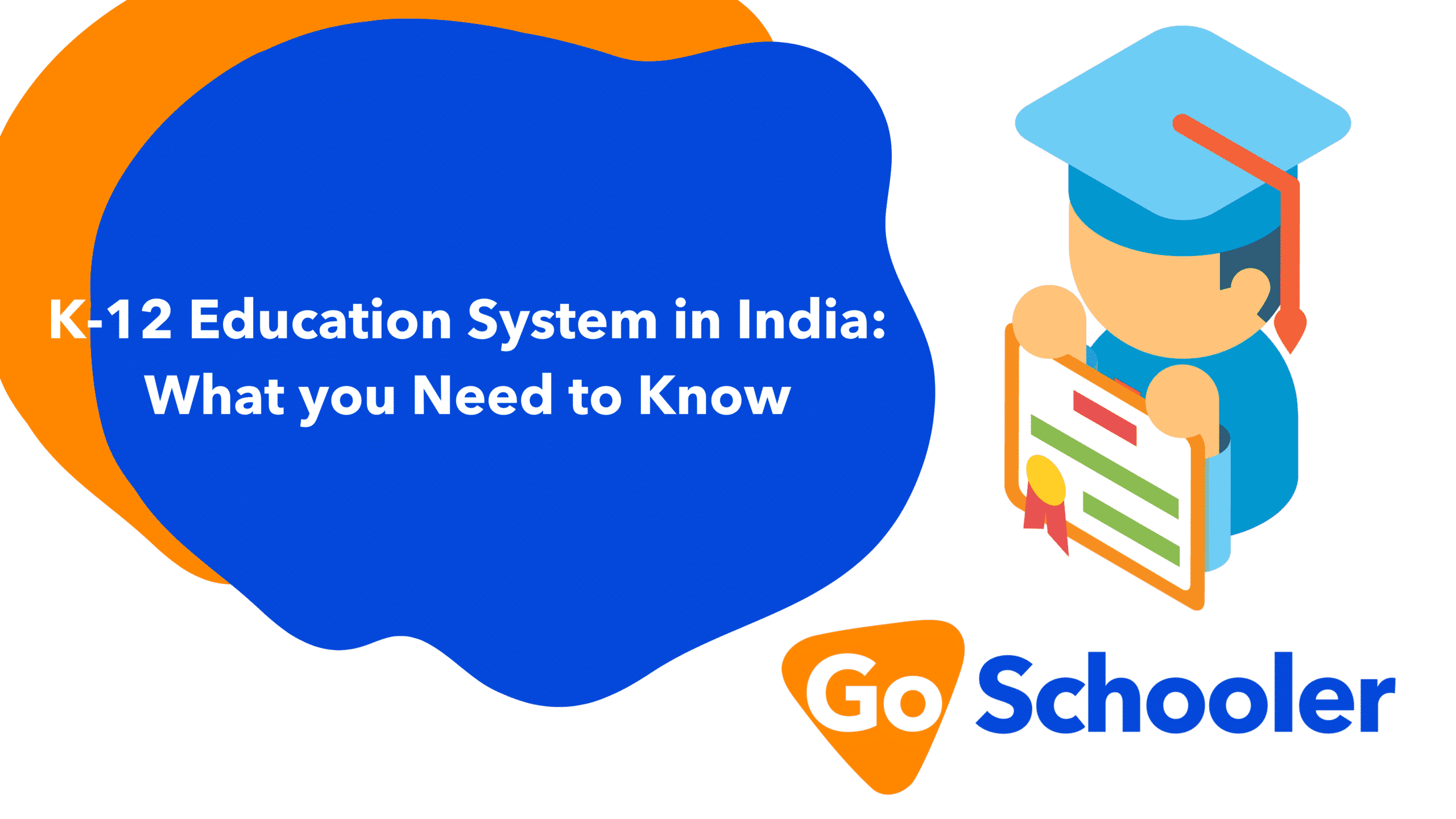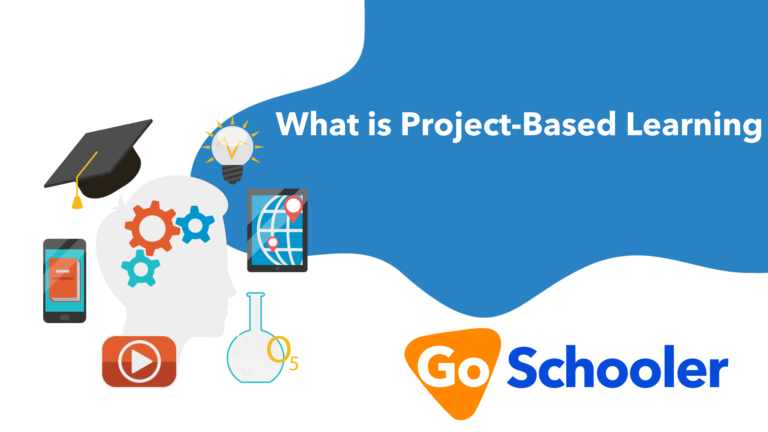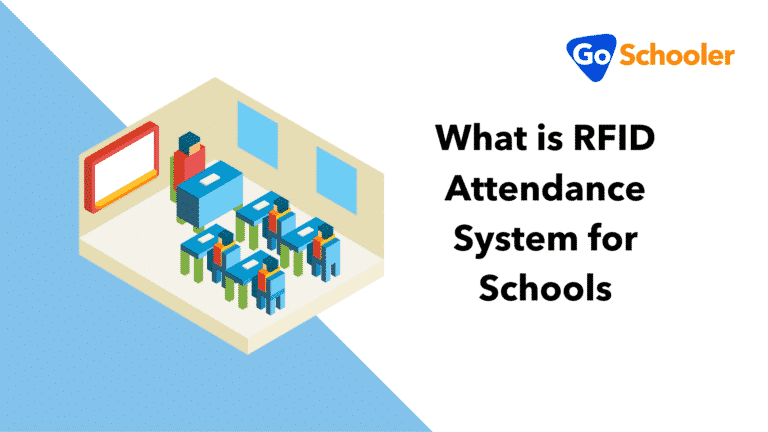The k-12 education system refers to the school levels from kindergarten to grade class 12. It is an educational system in which children are required to finish these 12 levels as part of their education. As India has one of the most complicated education sectors in the world, we will discuss how the k-12 education system is being implemented here.
Education is an essential part of our growth and development as human beings. Education helps us achieve our full potential to be valuable contributors to an equitable and prosperous society. That is why education systems in all countries should always be improved.
In India, a new policy named the National Education Policy 2020 was implemented. It is an effort to bridge the gap between the current state of the learning process and what must be done to achieve the highest quality of education. The National Education Policy affected the k-12 education system and many others.
So in this article, we will talk about this new policy, the new education structure, and how it incorporated the previous k-12 education system in India.
National Education Policy 2020
The National Education Policy 2020 is said to be the first education-related policy of the 21st century. It was made to address the progressing developmental concerns in India. This policy suggests the revisions needed in order to upscale all aspects of the Indian education structure. This includes the regulation of implemented standards to be able to create a new system including the k-12 education system.
The national education policy framework is aligned with Sustainable Development Goal No. 4 or to “ensure inclusive and equitable quality education and promote lifelong learning opportunities for all”. This is while considering India’s traditions and values.
In the previous situation, the education system in India incorporates a 10 + 2 structure. However, with the National Education Policy 2020, there will be a curricular structuring that will incorporate a 5 + 3 + 3 + 4 number of years in school. This will cover children ages 3 to 18.
Children below the age of six were not included in the 10 + 2 structure as class 1 coverage begins at 6 years old. In the new structure, there will be a strong foundation of early childhood care and education or ECCE from the age of 3.
The new policy will be divided into four stages namely foundational, preparatory, middle, and secondary. The foundational stage will be composed of 5 years– 3 years for ECCE and 2 years for class 1 and 2. While Preparatory to secondary will be composed of classes 3 to 12 or the remaining classes of the k-12 education system.
The K-12 Education System Integrated in the New Policy Education in India
As mentioned the new education policy has restructured the old framework including the k-12 education system. This new policy will make the education framework more responsive and relevant to the needs and interests of all learners across different stages of their development.
New Structure
The foundational stage will consist of five years including 3 years of preschool. The first two stages of the k-12 education system will also start in the foundational stage. After the three-year preschool stage, class 1 and class 2 will follow.
While the preparatory stage covering ages 8 to 11 includes classes 3 to 5. This stage will be composed of three years of education that is built on play discovery and mainly activity-based style of learning. This is also the stage where light textbooks will be incorporated. That is to jumpstart the groundwork in reading, writing, speaking, physical education, and arts.
Further, the middle stage will include three years of the k-12 education system. In this stage, the learning and discussion will be covering more abstract concepts so that students will be ready for the scientist mathematics, arts, social sciences, and even humanities. It is also expected that at this stage of the k-12 education system experiential learning and exploration will be highly emphasized and encouraged at this point.
The last years in the secondary phase will complete the stages of the k-12 education with four years of multidisciplinary study. This will be built with a greater depth, greater critical thinking skills, focused on life aspirations, and the freedom of students to choose their courses.
Holistic Approach
The overall change in the pedagogy of this system is reform across all stages. The new aim of learning will include not only cognitive development but also creating well-rounded students. These children should be equipped with 21st-century skills needed today.
A new set of curriculum and framework will be devised to ensure that all aspects of development are embedded and integrated. This standard will be applied to all stages of the new policy including the k-12 education system.
Less Curriculum Content
The new mandated concept will now be more focused on concepts, ideas, and practical applications of learnings. The learning process will be done in an amore interactive way. This new way of teaching will not only be applied to children in the k-12 education system but also to children in the preschool stage.
The policy makes way for more activities that induce problem-solving and things that encourage children to think critically. There would be no separation between arts and sciences. All courses will be deemed essential to one’s growth and development.
Empowering Students Through Flexibility in Choosing
Students at the secondary level will be given the opportunity to choose their own subjects to study. This course includes those in physical education, arts and crafts, and even vocational skills. That way, they are given the chance to craft their paths of learning and life plan in general.
FAQs
What age is grade K?
What changes did the New Education Policy 2020 bring?
Major Points
In summary, the k-12 education system in India is now integrated into the new educational structure. The new education policy aims to make India a superpower when it comes to educational services.
The k-12 education system is not removed from the framework. The new education policy just gives equal importance to the preschool stages or the three years before kindergarten starts.
The new policy introduced new key points that will significantly improve India’s education sector.







